Subsidies for buyers and manufacturers of electric vehicles are a big boost to the electrification of transportation, and many countries around the world are now adopting their own policies on this issue.
Here are countries with attractive subsidy policies for electric car buyers.
China
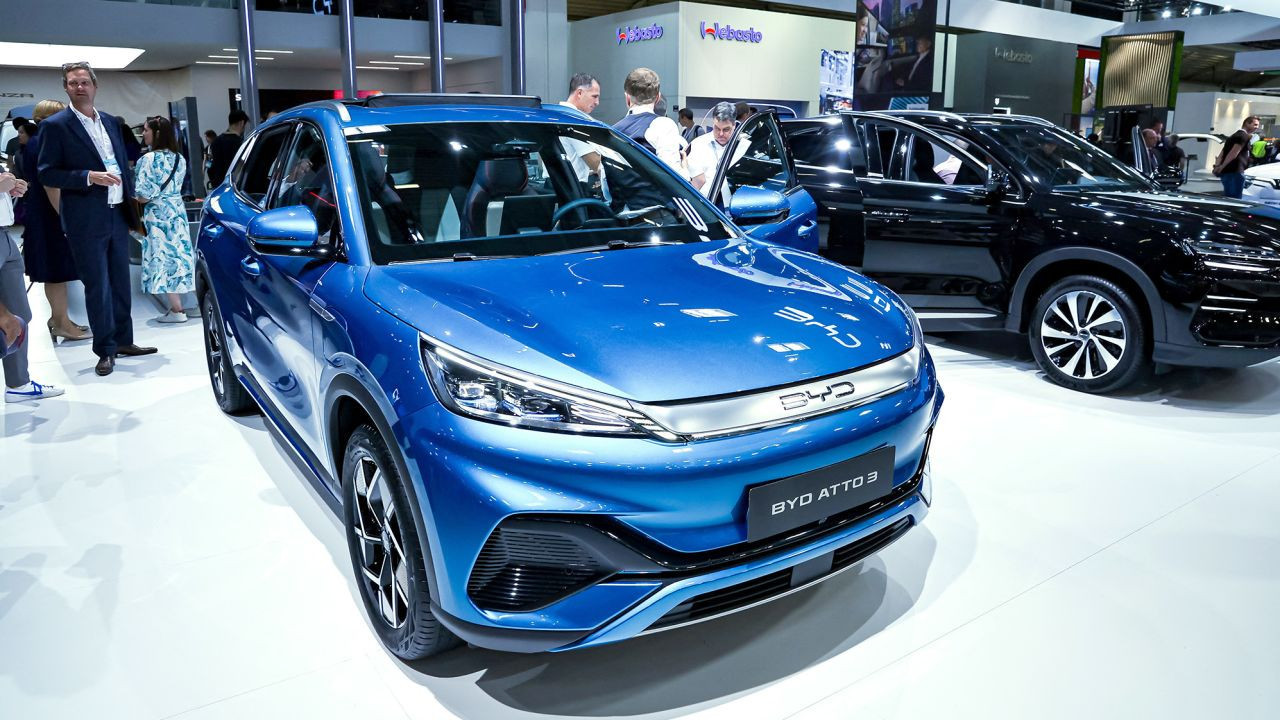
During the period 2012 - 2022, the Chinese Ministry of Industry and Trade issued a preferential policy that each person who buys an electric car will receive a refund of up to 8,300 USD from the government. Not only that, since 2014, the government has also subsidized 10% of the value of electric cars for those who buy electric cars under 41,000 USD until 2025 and will continue to maintain the subsidy rate of 5% for the following 2 years. This is considered an extremely strong and world-leading policy, helping the electric car market in China to develop explosively. Currently, China has surpassed Germany and Japan to become the world's largest exporter of electric cars. China's electric car brand BYD has followed closely behind Tesla of the US and is still the world's leader.
The Chinese government stopped providing cash subsidies to electric vehicle buyers in 2023, but many localities still apply their own subsidy policies with rebates of up to $1,300.
America
The US electric vehicle subsidy policy is currently attracting the most attention from international public opinion. In August 2022, the Washington government officially passed the Inflation Reduction Act (IRA) and it will take effect from January 1, 2023. This is a landmark policy, strongly promoting the development of the electric vehicle industry in the US.
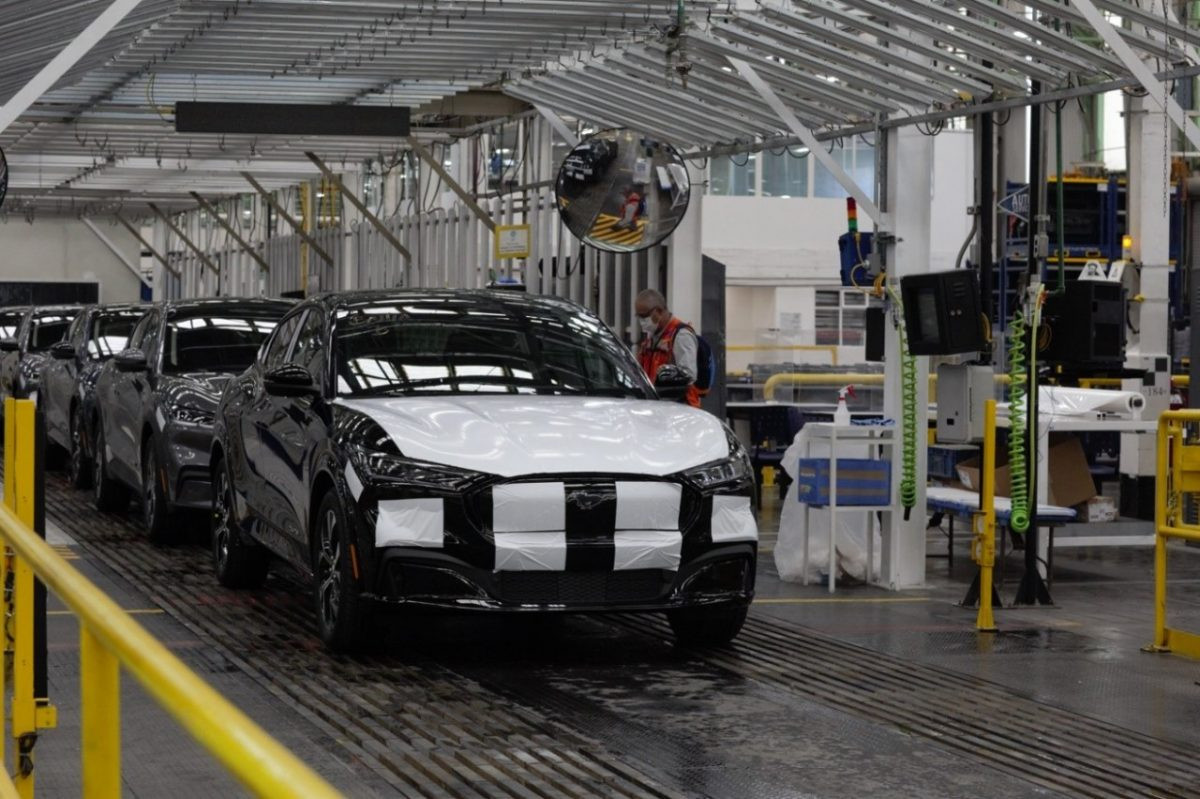
Accordingly, buyers of electric vehicles will receive a maximum subsidy of up to $7,500. The $3,750 subsidy applies to vehicles with battery materials originating from North America.
The program also has many other conditions attached, such as only applying to models priced under $55,000 for regular passenger cars and under $80,000 for SUVs and pickup trucks, along with criteria for tax compliance of the manufacturer. Not only that, these types of used electric vehicles when delivered to the new owner will continue to receive tax subsidies of up to $3,000.
Starting in 2024, the US will officially allow electric vehicle buyers to convert their tax credits directly into cash at dealerships. Also starting next year, the conditions for electric vehicle subsidies will be tightened. In 2024, electric vehicles with battery components manufactured or assembled in FEOC countries (China, Russia, North Korea, Iran) will only receive a credit of $3,750. Starting in 2025, all electric vehicles that still use FEOC-sourced components will be completely eliminated from the tax credit incentive program.
France
From January 1, 2023, buyers of electric cars in France with a price not exceeding 47,000 Euros (equivalent to about 1.2 billion VND) will receive a government subsidy of up to 5,000 Euros (equivalent to about 131 million VND) and up to 7,000 Euros (equivalent to about 183 million VND) in special cases. This is a subsidy under the "Green Promotion" program applied by the French government to promote the electric car market.
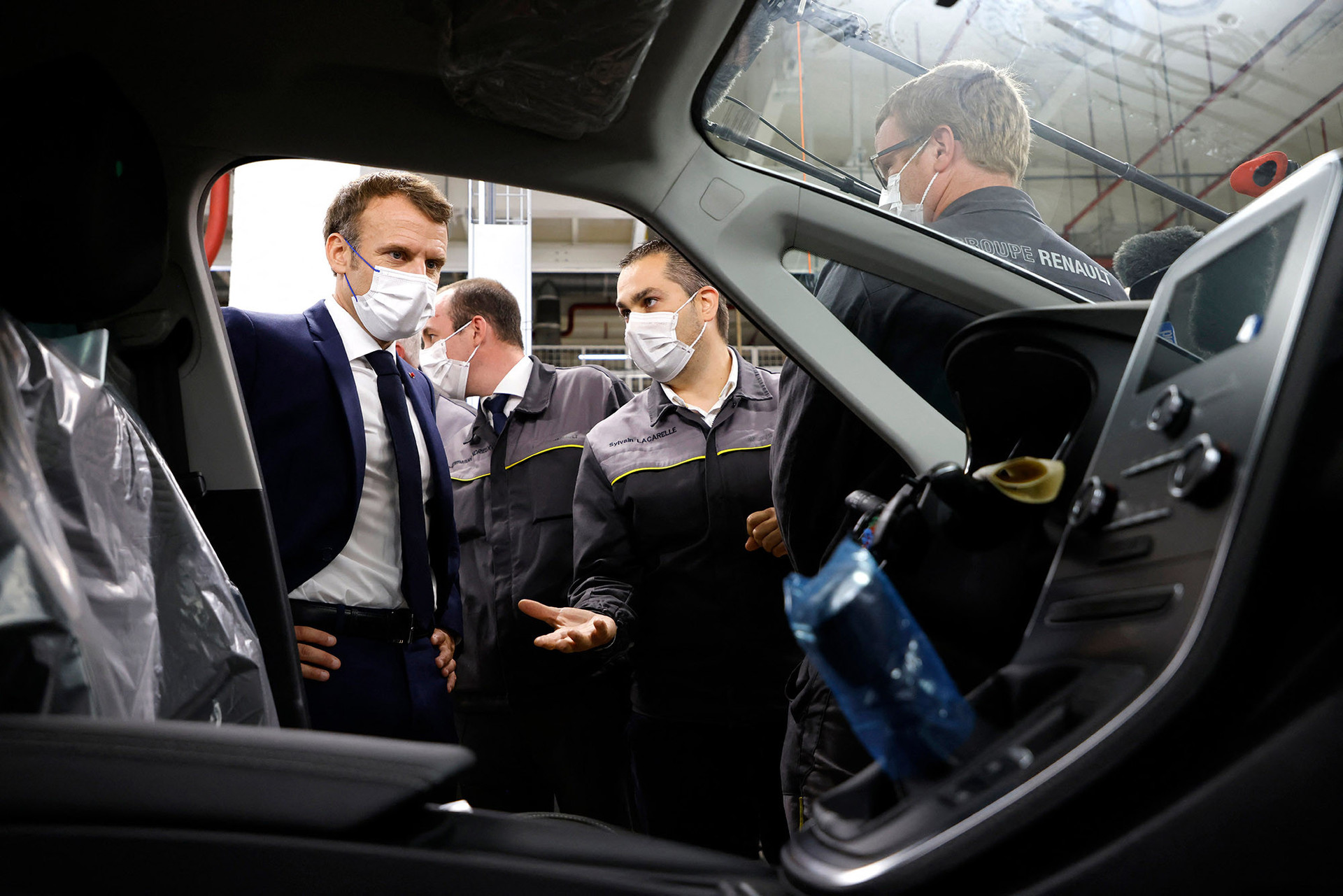
By 2024, some information shows that France is preparing to tighten the regulations of the “Green Promotion” to limit cheap electric vehicles imported from China and encourage the development of the national electric vehicle industry. Accordingly, the amount of carbon emissions during the production, assembly and delivery of a car will be converted into points. Cars that do not meet the minimum score will not be eligible for the above subsidies. According to this criterion, Chinese electric vehicles imported into France will not be funded.
Thailand
Since November 1, the Thai Electric Vehicle Policy Committee has unanimously approved the Electric Vehicle Market Promotion Package 3.5 for the period 2024 - 2027 to encourage people to form the habit of buying electric vehicles.
The extremely attractive incentives will include the following levels: Subsidy of 50,000 to 100,000 baht (equivalent to about 34.5 to 70 million VND) for buyers of pure electric cars with a selling price under 2 million baht (equivalent to 1.3 billion VND) and using a battery pack with a minimum capacity of 50kWh; Subsidy from 5,000 to 10,000 baht (equivalent to about 3.5 to 7 million VND) for buyers of electric motorbikes with a selling price under 150,000 baht (equivalent to about 100 million VND) and using a battery pack with a minimum capacity of 3kWh.
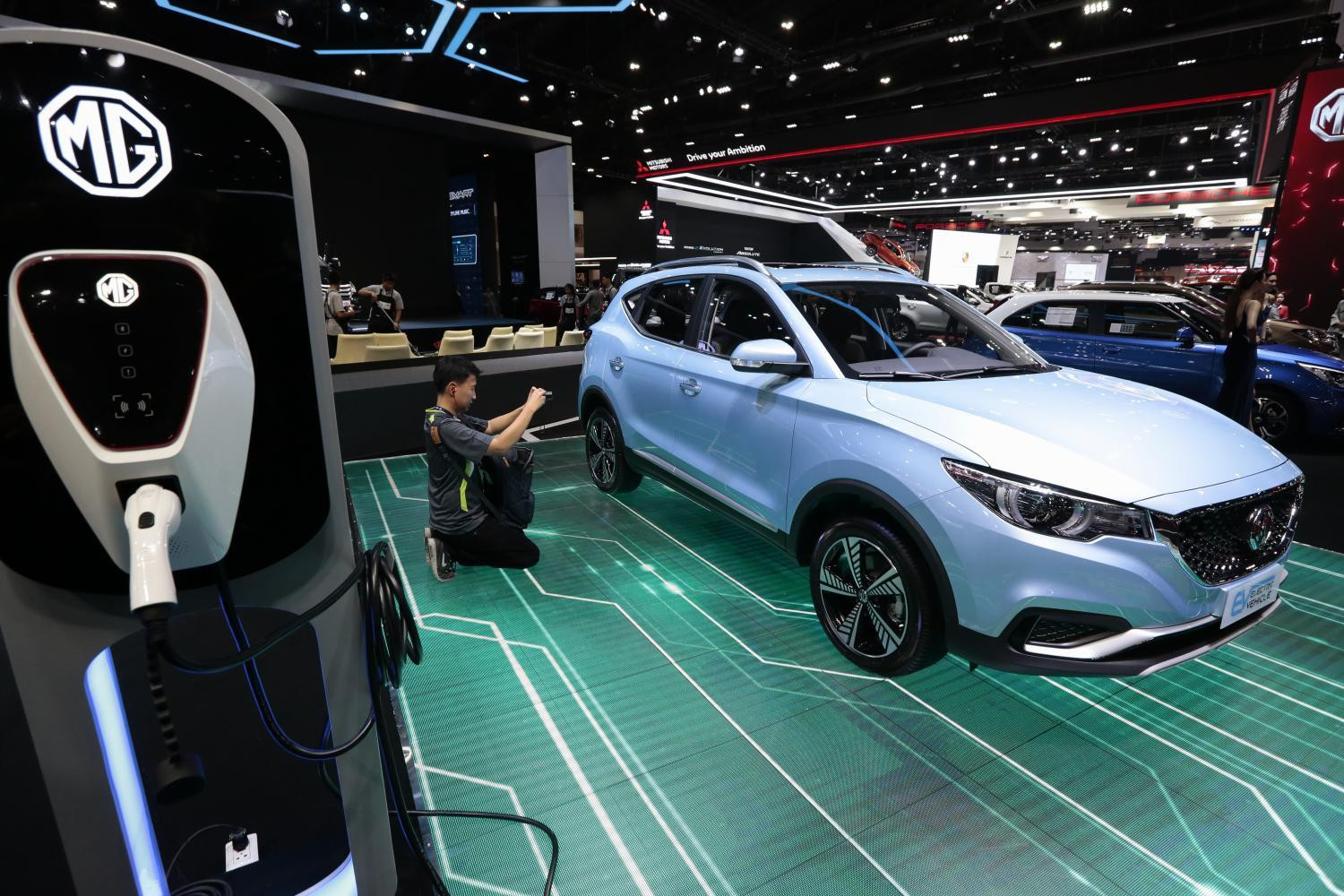
These incentives and subsidies have actually helped the rate of people buying green vehicles in Thailand increase rapidly, leading to the development of the domestic electric vehicle industry.
Indonesia
The goal of developing the electric vehicle market and forming people's habit of buying electric vehicles is an important task of the Indonesian Ministry of Natural Resources and Energy.
Starting in March 2023, Indonesia will launch a financial subsidy program for the first 50,000 electric cars and 200,000 electric motorcycles purchased this year. Accordingly, buyers will receive a government subsidy of $5,200 for pure electric cars, $2,600 for cars (hybrid gasoline-electric) and $450 for electric motorcycles.
The Jakarta Government's goal by 2030 is to triple total electric vehicle sales compared to today.
India
India is a growing and large-consuming automobile market in the Asian region. In 2015, the Indian Government launched the “Fostering Production and Consumption of Electric and Hybrid Vehicles” program, also known as the FAME program, with the aim of providing financial incentives for buyers of 2-wheelers, 3-wheelers and 4-wheelers.
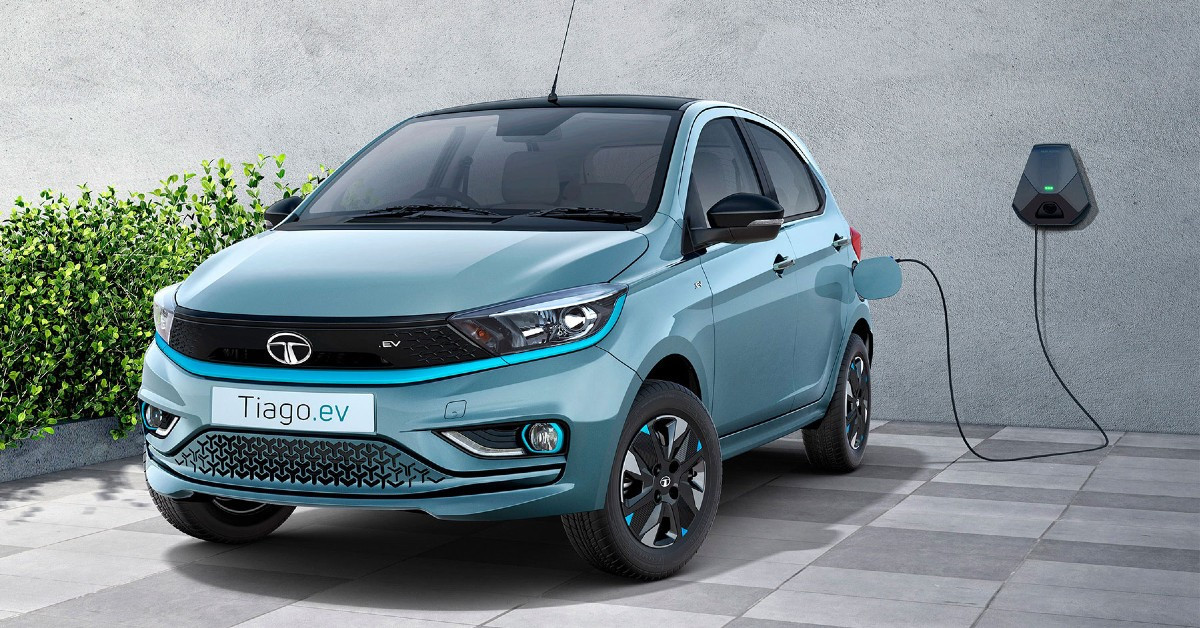
In 2020, India continued to approve the FAME II program for the period 2020 - 2023 with the main focus on funding a maximum subsidy of up to 30,000 Rupees (equivalent to 8.7 million VND) for buyers of electric motorcycles and up to 1.5 lakh (equivalent to about 43.5 million VND) for buyers of fully electric cars or hybrid cars depending on battery capacity.
Experts hope that through the FAME I and FAME II policies, India can increase to over 1.5 million new vehicles using renewable energy and improve environmental protection.
According to Vietnamnet